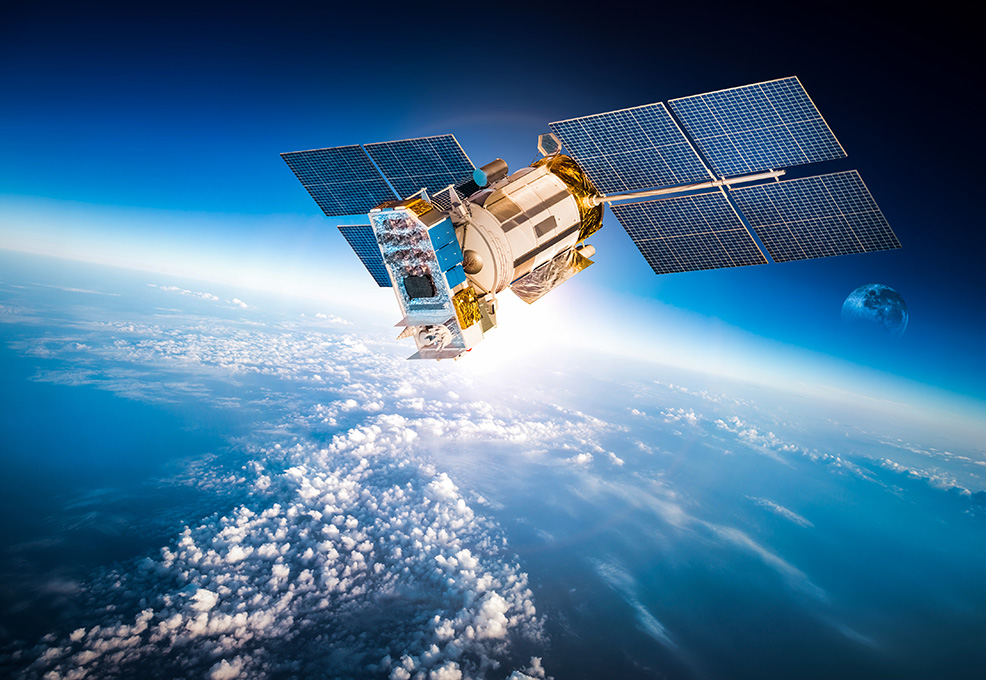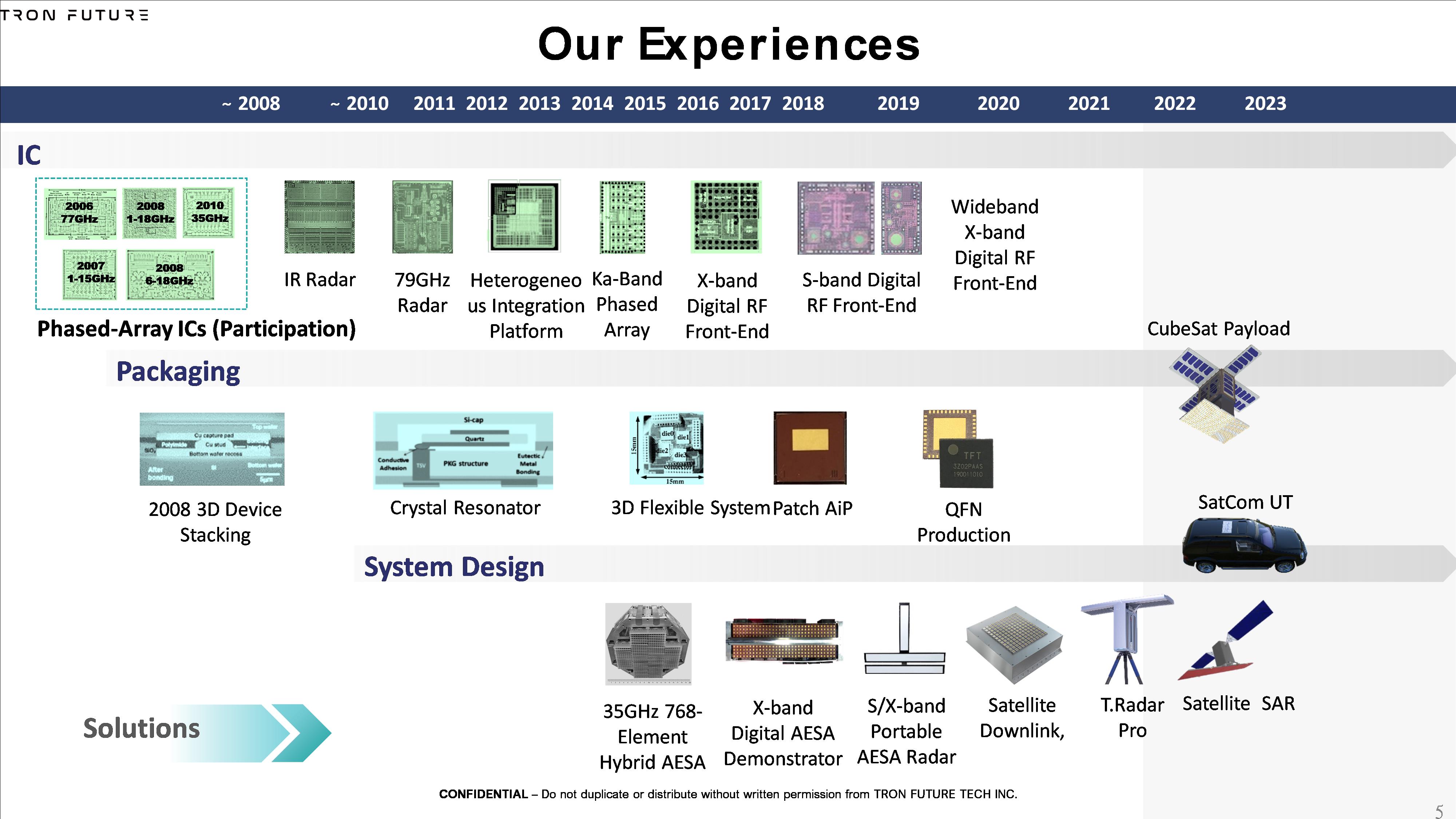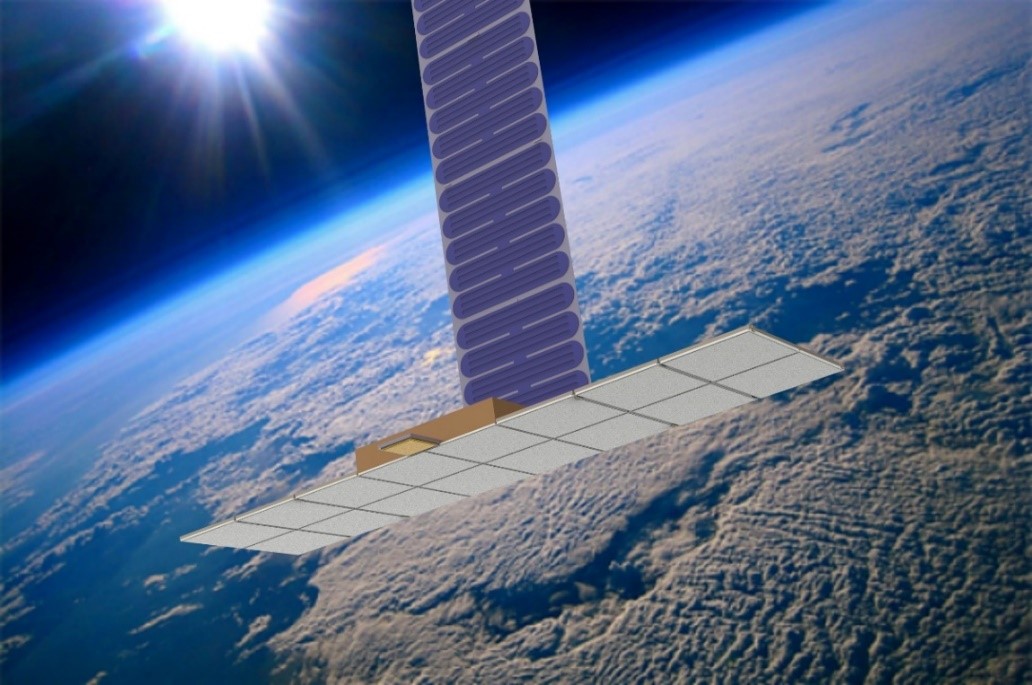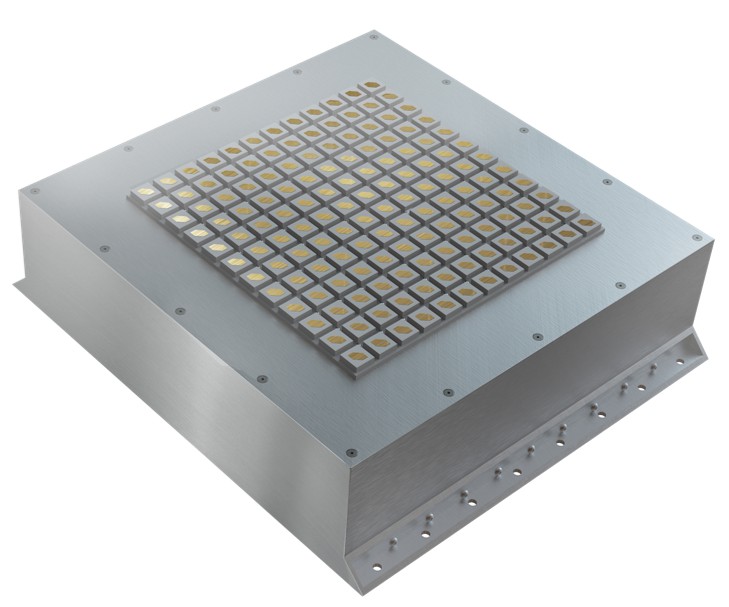Sub-footprint LiDAR technique for riverbed grain size analysis

Author(s)
Yu-Jiu WangBiography
Yu-Jiu Wang, a former professor of the Department of Electronics Engineering at National Chiao Tung University, is now the chairman and CEO of Tron Future Tech Inc. He established Tron Future Tech in 2018 and is committed to operating its own design brand. Tron Future Tech has maintained multiple digit growth over the last three years in the aerospace and military fields with its two main products of ultra-thin all-digital and hybrid phased array radar and wireless communication hardware systems.
Academy/University/Organization
Tron Future Tech Inc-
TAGS
-
Share this article
You are free to share this article under the Attribution 4.0 International license
- ENGINEERING & TECHNOLOGIES
- Text & Image
- January 01,2022
2021 is the first year of Taiwan’s space industry. In the next decade, space will also be an important battlefield for the development of next-generation global wireless communication technologies (B5G/6G NTN non-terrestrial network systems). In ten years, there is expected to be more than 60,000 LEO satellites flying at a speed of 7km/s to provide global wireless communication services.
In conventional "mobile" communications, the distance between the mobile phone and the base station is relatively short (an average of hundreds of meters to several kilometers), and the base station is basically installed in a specific fixed location. However, for LEO satellite communications, the satellite is much more distant from the users (600-1500 kilometers), and the satellite’s relative position to the user changes rapidly. Therefore, there are two major problem that need to be solved: how to focus the energy of radio signals in the intended direction so that the communication distance can be increased from several kilometers to over 1,000 kilometers, and how to quickly change the direction of the radio signal according to the satellite's position. "AESA: Active electronically scanned array" can solve these two issues in a single shot.
AESA uses electronic chips to control the amplitude and phase of the radio waves of each small antenna in an array antenna. Through the Huygens-Fresnel principle, the electromagnetic waves emitted by the entire antenna can be directed in the desired direction for both transmission and reception paths. Controlled electronically, the amplitude and phase of each electronic chip signal can be adjusted to quickly change the communication direction. Although the basic operating principle of AESA is very simple, the actual implementation is very difficult. This is due to the high frequency signals (satellite communication uses the 20GHz/30GHz frequency band), and the control error between each antenna allowing only about 1 picosecond (pSec). Any noise, process/temperature/supply voltage drifts will deteriorate or invalidate the entire AESA operations.
AESA research started in the 1960s, and its first successful 4-element small array CMOS prototype was achieved in 2003 by a team led by Professor Ali Hajimiri of the California Institute of Technology. This prototype has a very important significance. The use of the CMOS core can not only greatly reduce the physical size and weight of AESA, but also the low production cost of CMOS chips (1/10 of gallium arsenide, 1/20 of gallium nitride cost). Dr. Yu-Jiu Wang, Chairman of Tron Future Tech, graduated from the laboratory. At present, the major AESA chip suppliers used in satellite communications in the world are mainly derived from the Caltech academic genealogy.
It has been nearly 18 years from 2003 to 2021. What are the major advancements between the current AESA and the first academic achievement? A complete product-level AESA system does not only have a single RF core chip, but includes a complete advanced package, antenna, array control mechanism, chip and high-frequency substrate manufacturing process, base frequency chip, high-reliability methodology, etc. More importantly, recent years have seen the emergence of market demand. AESA technology solves the unique requirements of emerging LEO SatCom networks.
In the past ten years, the core team of Tron Future Tech Inc. has used Taiwan's supply chain and overcome all the above-mentioned commercialization problems one by one (Figure 1). With the same performance, it can achieve the world's smallest weight and size, while also improving the quality of mass products and reducing the cost of mass production (Figure 2). This is very important for the expansion of the commercial market of satellite communications and radar. AESA technologies from Tron Future Tech Inc. have also contributed to the development of high speed SatCom payloads and the satellite synthetic aperture radar payloads used in the National Space Program- Phase III (Figure 3).
As one of the world's leaders in AESA technology, Tron Future Tech Inc. will continue to expand its R&D team and deepen its R&D results, with the goal of achieving an important role for Taiwan in the B5G/6G NTN non-terrestrial network system.

Figure 1. History of AESA development by Tron Future Tech Inc.

Figure 2. Illustration of Satellite Synthetic Aperture Radar developed by NSPO and Tron Future Tech, Size: 1mx5mx0.1m

Figure 3. High-Speed Satellite Communication Payload developed by NSPO and Tron Future Tech, Size: 30cmx35cmx10cm
STAY CONNECTED. SUBSCRIBE TO OUR NEWSLETTER.
Add your information below to receive daily updates.




